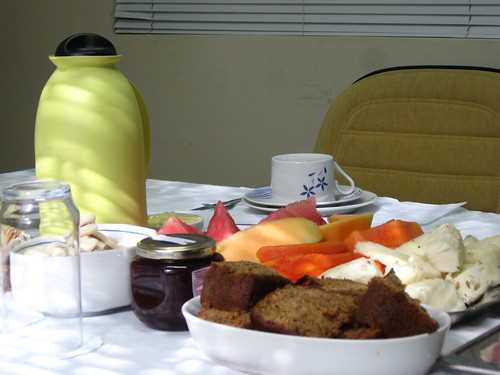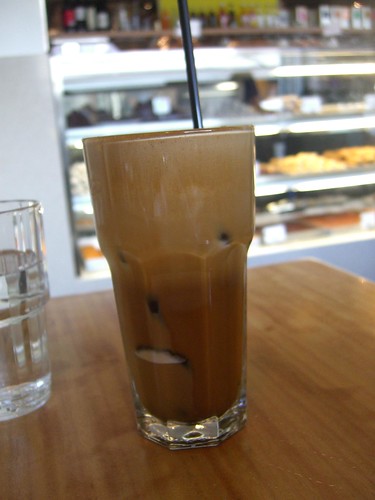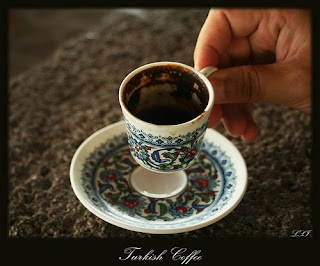Caffeine is found in varying quantities in the beans, leaves, and fruit of some plants, where it acts as a natural pesticide that paralyzes and kills certain insects feeding on the plants.It is most commonly consumed by humans in infusions extracted from the bean of the coffee plant and the leaves of the tea bush.
In humans, caffeine is a central nervous system stimulant, having the effect of temporarily warding off drowsiness and restoring alertness. Beverages containing caffeine, such as coffee, tea, soft drinks, and energy drinks, enjoy great popularity. Caffeine is the world's most widely consumed psychoactive substance, but unlike other substances, it is legal and as far as the human body is concerned, it is not that dangerous (in limited quantities of course). Some statistics show that in North America, 90% of adults drink coffee daily. Global consumption of caffeine has been estimated at 120,000 tonnes per year (a lot if you ask me) making it the world's most known, consumed and popular psychoactive substance. Caffeine is a central nervous system and metabolic stimulant, and it is used for medical purposes (to reduce physical fatigue and restore mental alertness) as well as for recreational purposes.
The precise amount of caffeine necessary to produce effects varies from individual to individual depending on body size and degree of tolerance to caffeine. It takes about an hour for caffeine to begin affecting the body, and a mild doze will ware off in about 3 to 4 hours. Caffeine DOES NOT replace the need for sleep; it only gives the sensation of mental alertness but this sensation wears off.
!!!!! In large amounts, and especially over extended periods of time, caffeine can lead to a condition known as caffeinism. Caffeinism usually combines caffeine dependency with a wide range of unpleasant physical and mental conditions including nervousness, irritability, anxiety, tremulousness, muscle twitching (hyperreflexia), insomnia, headaches, respiratory alkalosis, and heart palpitations. !!!!!
Some scientific facts:
- IUPAC name: 1,3,7-trimethyl- 1H-purine- 2,6(3H,7H)-dione
- Molecular formula: C8H10N4O2
- Molar mass: 194.19 g/mol
- Density: 1.23 g/cm3, solid
- Melting point: 227–228 °C
- Boiling point: 178 °C





